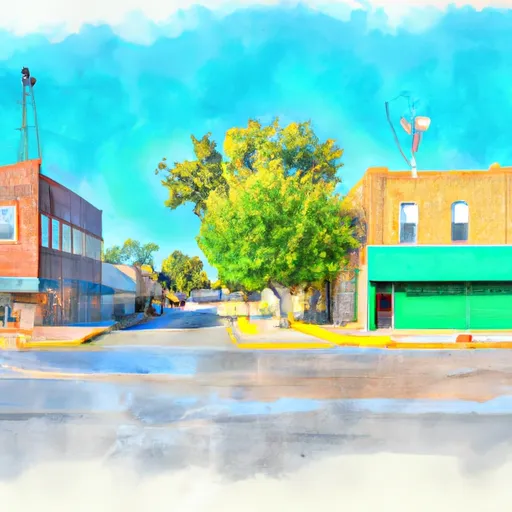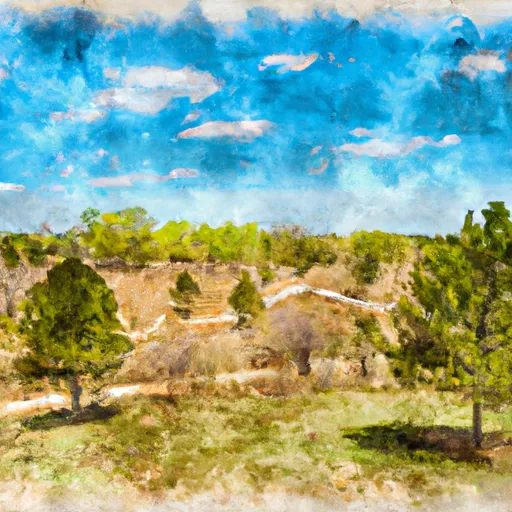°F
°F
mph
Windspeed
%
Humidity











Concho, Oklahoma is a small community situated in Canadian County. The region experiences a humid subtropical climate with hot summers and mild winters. The area is home to several lakes, including Lake Overholser and Lake Hefner, which provide ample opportunities for fishing, boating, and other outdoor activities. The hydrology constituents of the region include the Canadian River and the North Canadian River, which are popular among kayakers and canoers. The region is also home to several parks and wildlife management areas, including the Bluff Creek Wildlife Management Area, which offers hiking, camping, and hunting opportunities. Overall, Concho is a great location for those who enjoy outdoor recreation and want to experience the natural beauty of the region.
Weather Forecast
Concho receives approximately 856mm of rain per year, with humidity levels near 80% and air temperatures averaging around 16°C. Concho has a plant hardyness factor of 7, meaning plants and agriculture in this region tend to thrive during the non-winter months.
Regional Streamflow Levels
145
Cubic Feet Per Second
112
Cubic Feet Per Second
324
Cubic Feet Per Second
1
Cubic Feet Per Second
Nearby Camping
| Camping Area | Reservations | Toilets | Showers |
|---|---|---|---|
| Taylor Lake | |||
| Anthony City Lake | |||
| Great Salt Plains State Park | |||
| Chisolm Trail Ridge - Waurika Lake | |||
| Wichita Ridge - Waurika Lake | |||
| Clear Creek Lake |



